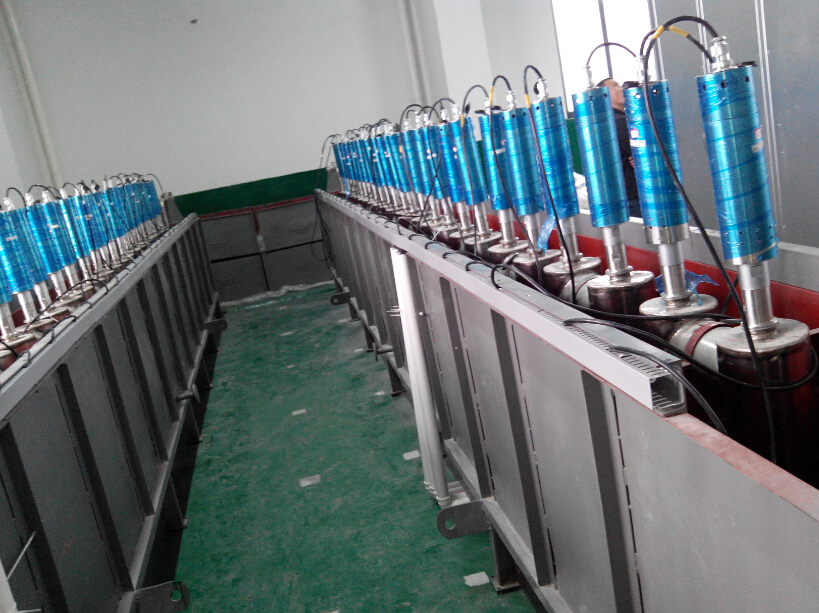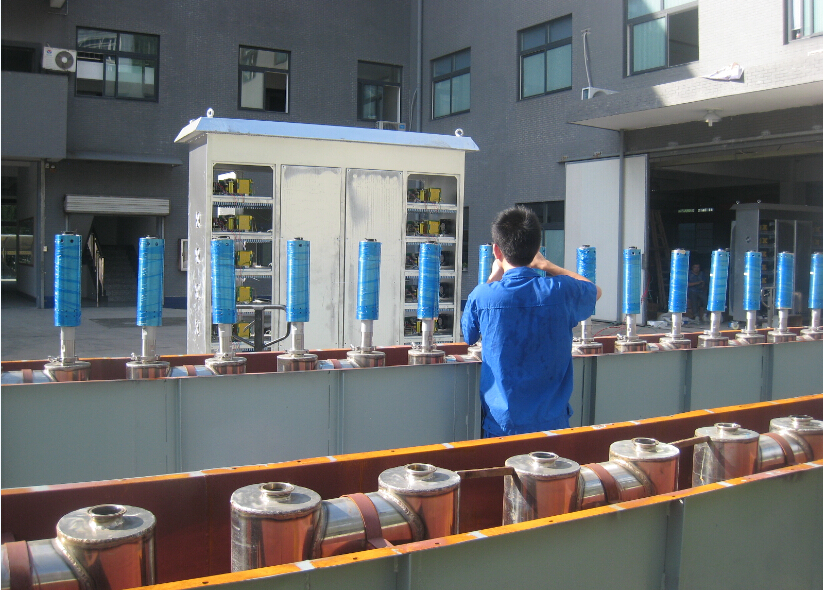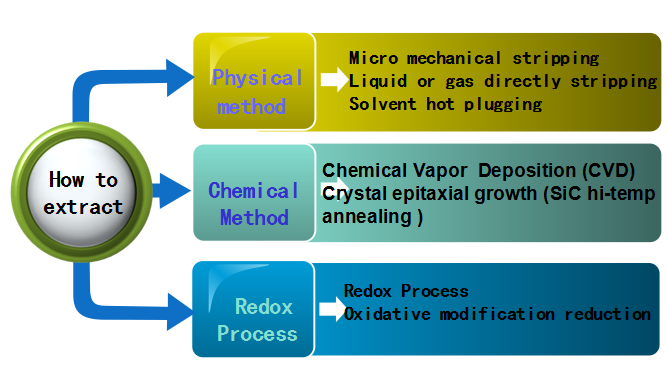
ultrasonically assisted preparation of graphene
Payment:
100% TT in advanceProduct weight:
17Kgultrasonically assisted preparation of graphene
When sonicating liquids at high intensities, the sound waves that propagate into the liquid media result in alternating high-pressure (compression) and low-pressure (rarefaction) cycles, with rates depending on the frequency. During the low-pressure cycle, high-intensity ultrasonic waves create small vacuum bubbles or voids in the liquid. When the bubbles attain a volume at which they can no longer absorb energy, they collapse violently during a high-pressure cycle. This phenomenon is termed cavitation. During the implosion very high temperatures (approx. 5,000k) and pressures (approx. 2,000atm) are reached locally. The implosion of the cavitation bubble also results in liquid jets of up to 280m/s velocity. The ultrasonically generated cavitation causes chemical and physical effects, which can be applied to processes.
Ultrasonic Preparation of Graphene
Since the extraordinary characteristics of graphite are known, several methods for its preparation have been developed. Beside to chemical production of graphenes from graphene oxide in multi-step processes, for which very strong oxidizing and reducing agents are needed. Additionally, the graphene prepared under these harsh chemical conditions often contain a large amount of defects even after reduction compared to graphenes obtained from other methods. However, ultrasound is a proven alternative to produce high quality graphene, also in large quantities. Researchers have developed slightly different ways using ultrasound, but in general the graphene production is a simple one-step process.
To give an example of a specific graphene production route: Graphite is added in a mixture of dilute organic acid, alcohol, and water, and then the mixture is exposed to ultrasonic irradiation. The acid works as a "molecular wedge” which separates sheets of graphene from the parent graphite. By this simple process, a large quantity of undamaged, high-quality graphene dispersed in water is created.


Description:
Graphene is composed By carbon atoms lined closely in hexagonal honeycomb lattice of single-layer two dimensional planar structure,was the basic structure of fullerenes, carbon nanotubes and graphite, so it is called the mother of carbon materials

Introduce:
Micro mechanical stripping:Mechanical strip the graphite layers, high quality graphene, But low output and high
cost,can't meet the industrialized production.
Chemical Vapor Deposition (CVD): Substances in gas envirement will react, generate solids deposition on the
surface of the heating solid substrate(usually nickel),it can produce large area high quality graphene, But because the basic material (nickel) expensive,
so the price went up, also does not meet the industrialization.
Solvent hot plugging: Mix the graphite powder and intercalating agent,and then dealing by ultrasonic equipment,
the quality is well but the quantity is lower.
Redox Process:Firstly of preprocess the graphite to conver it to graphite oxide, meaningtime the gap of Graphite
oxide layer will increase, then dealing by ultrasonic dispersion process, get a single layer of graphite oxide.Then by
reduction reaction, single layer of graphite oxide reduction into graphene.
Previous :
ultraschallgestützte Erstellung von GraphenNext :
Ultraschall-HomogenisatorIf you are interested in our products and want to know more details,please leave a message here,we will reply you as soon as we can.
Categories
New Products
© Copyright: 2025 Hangzhou Altrasonic Technology Co.,Ltd All Rights Reserved

IPv6 network supported
Scan to WhatsApp
